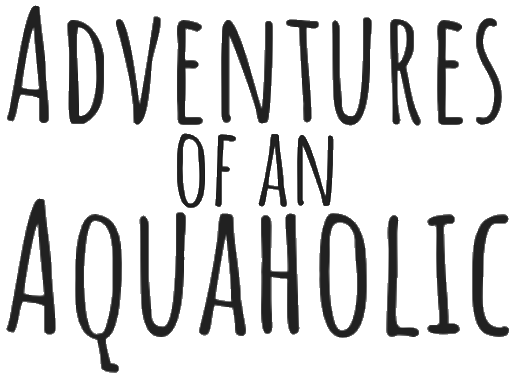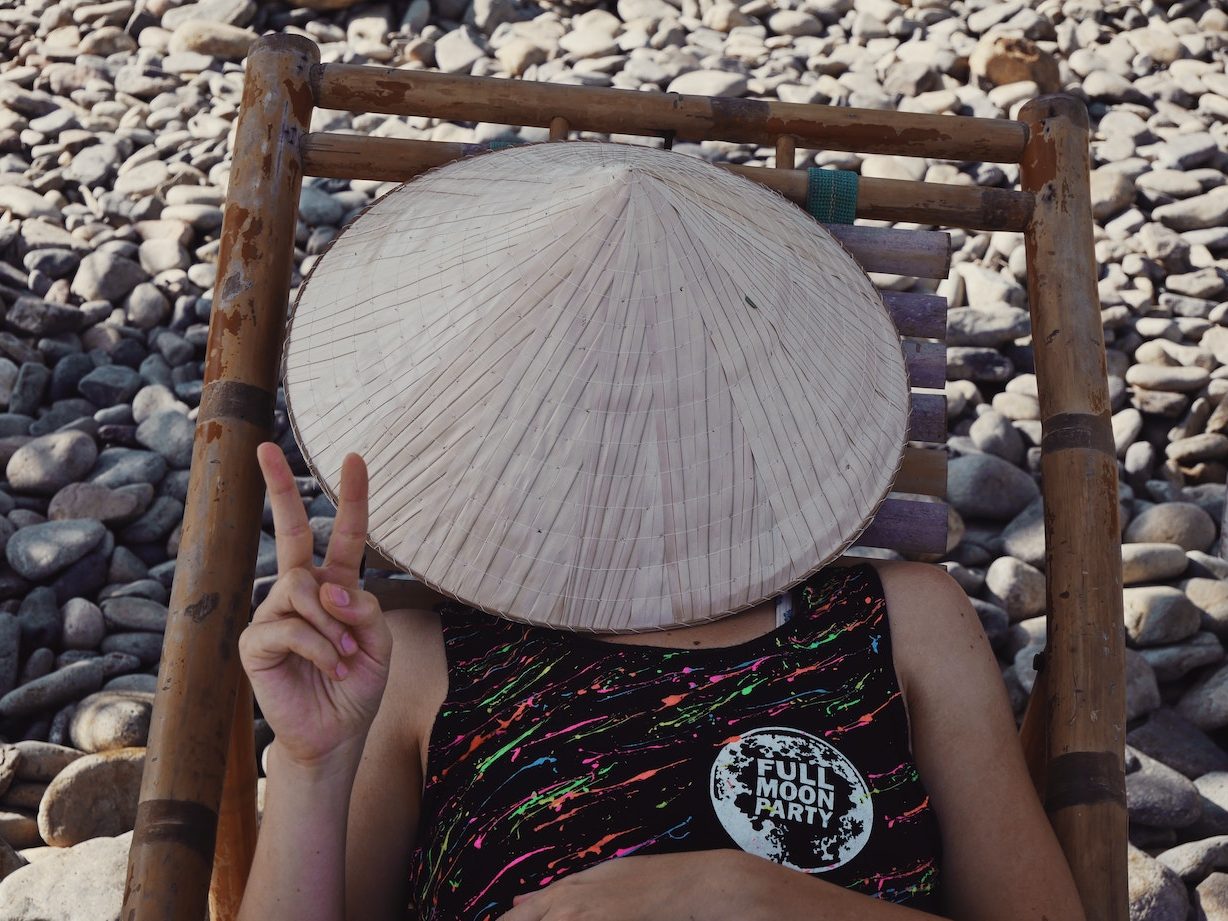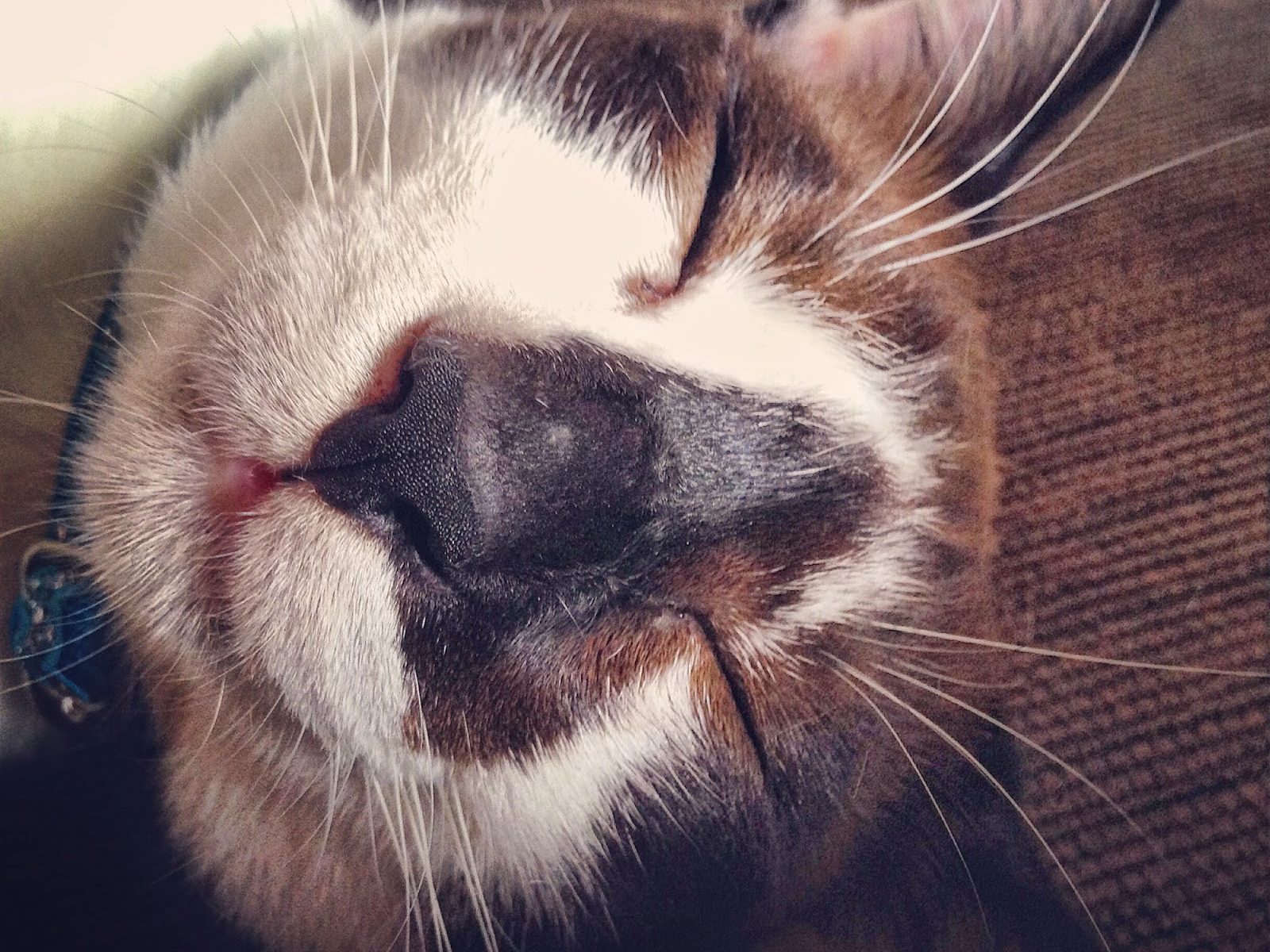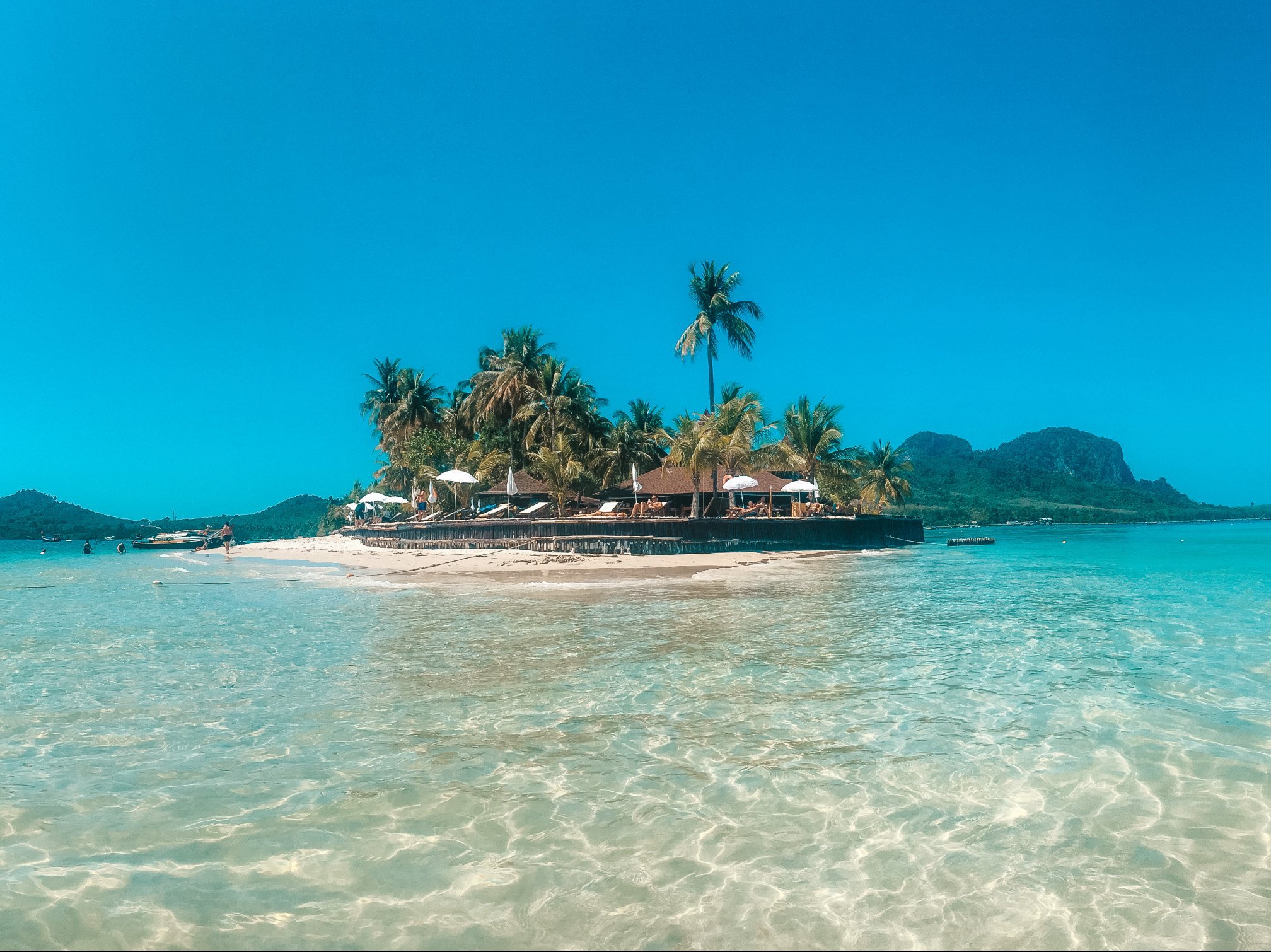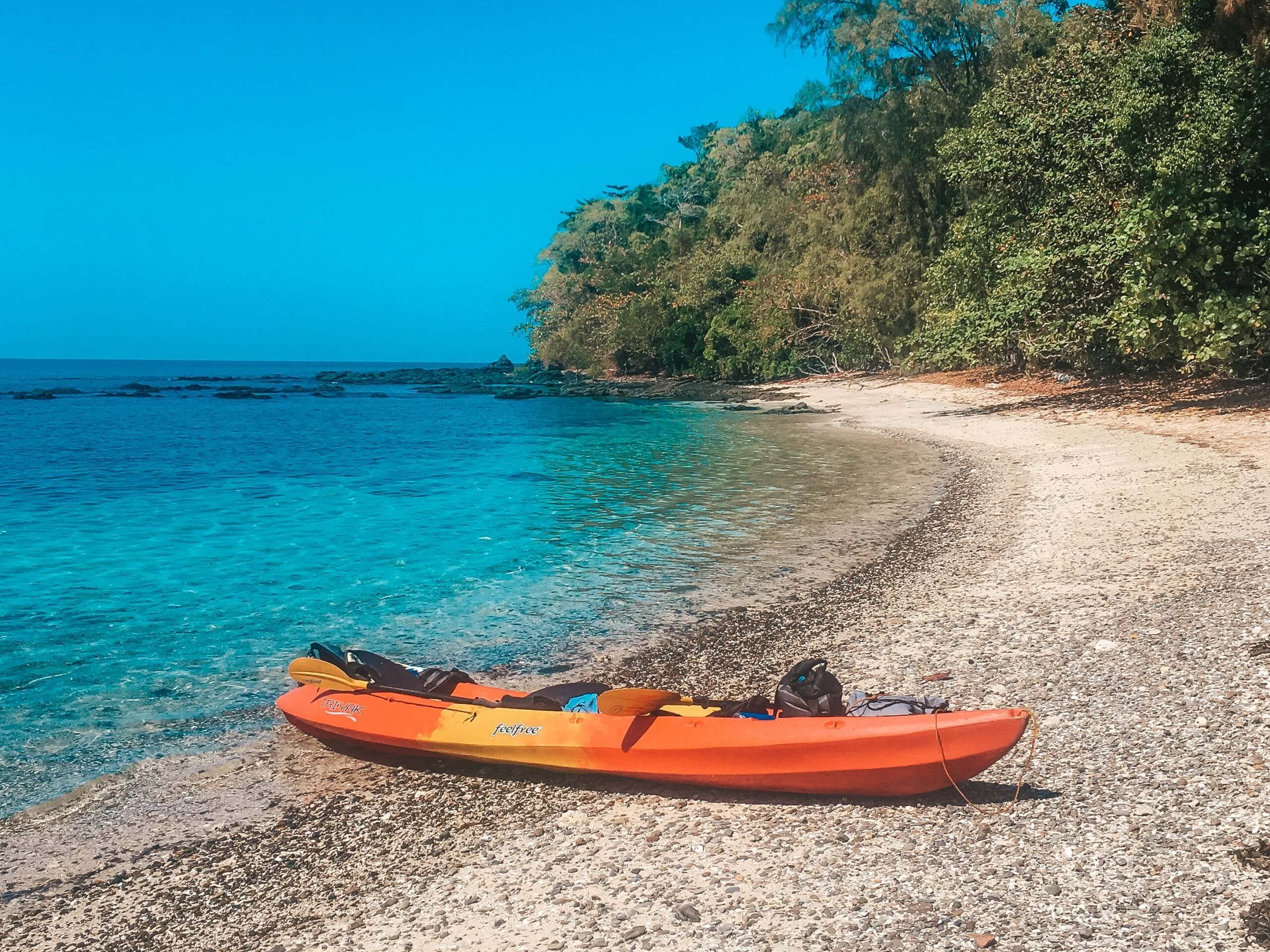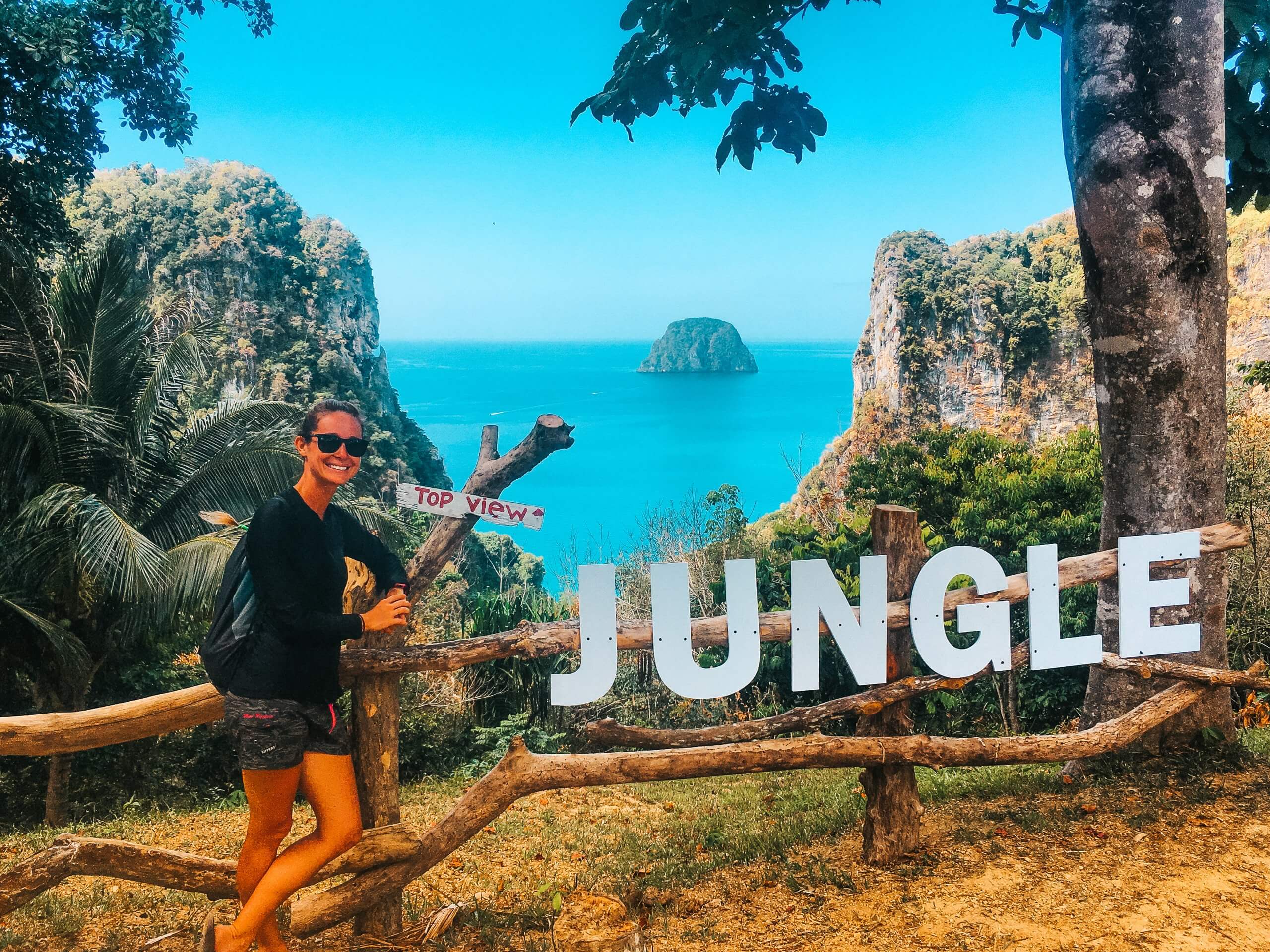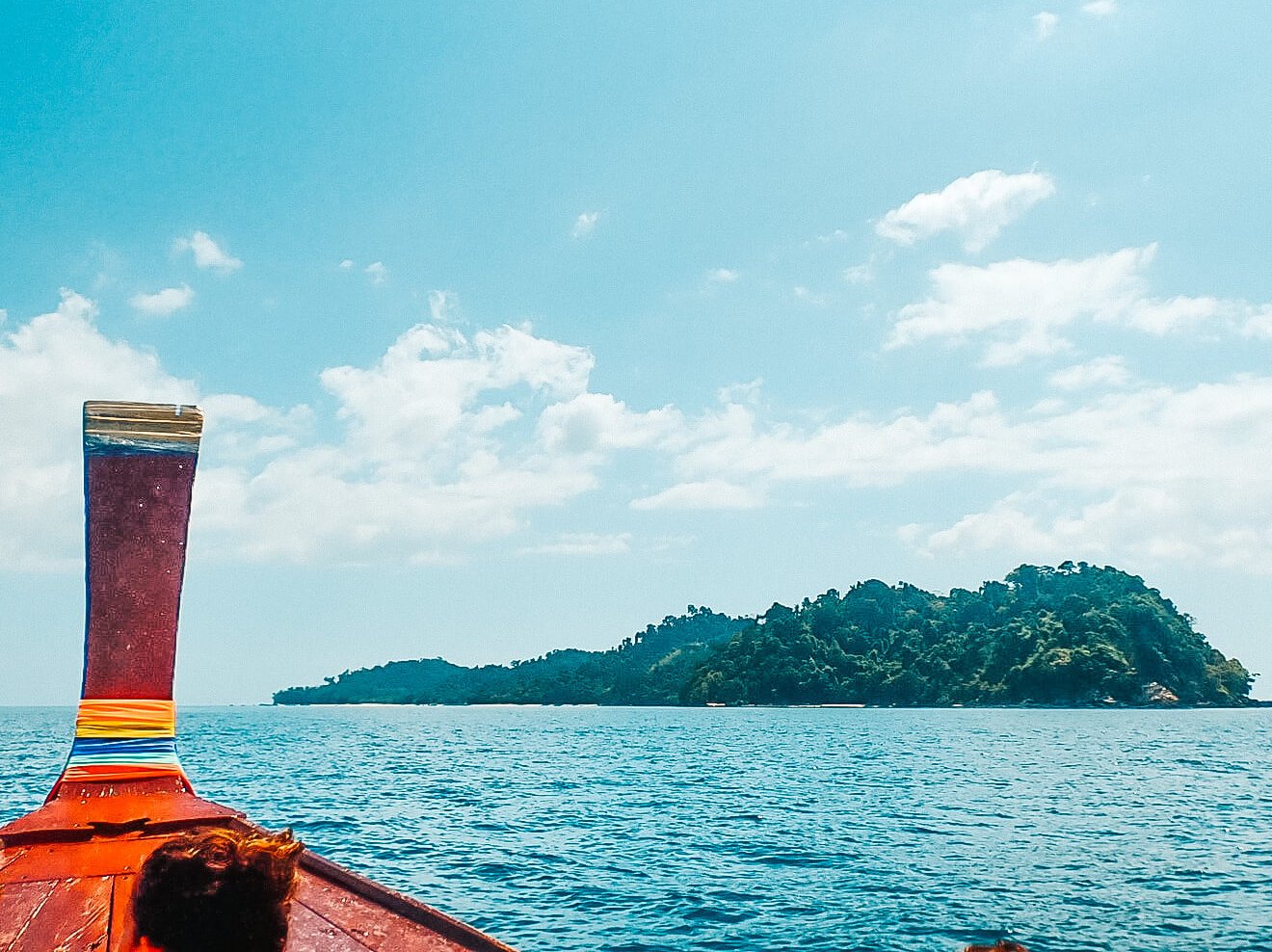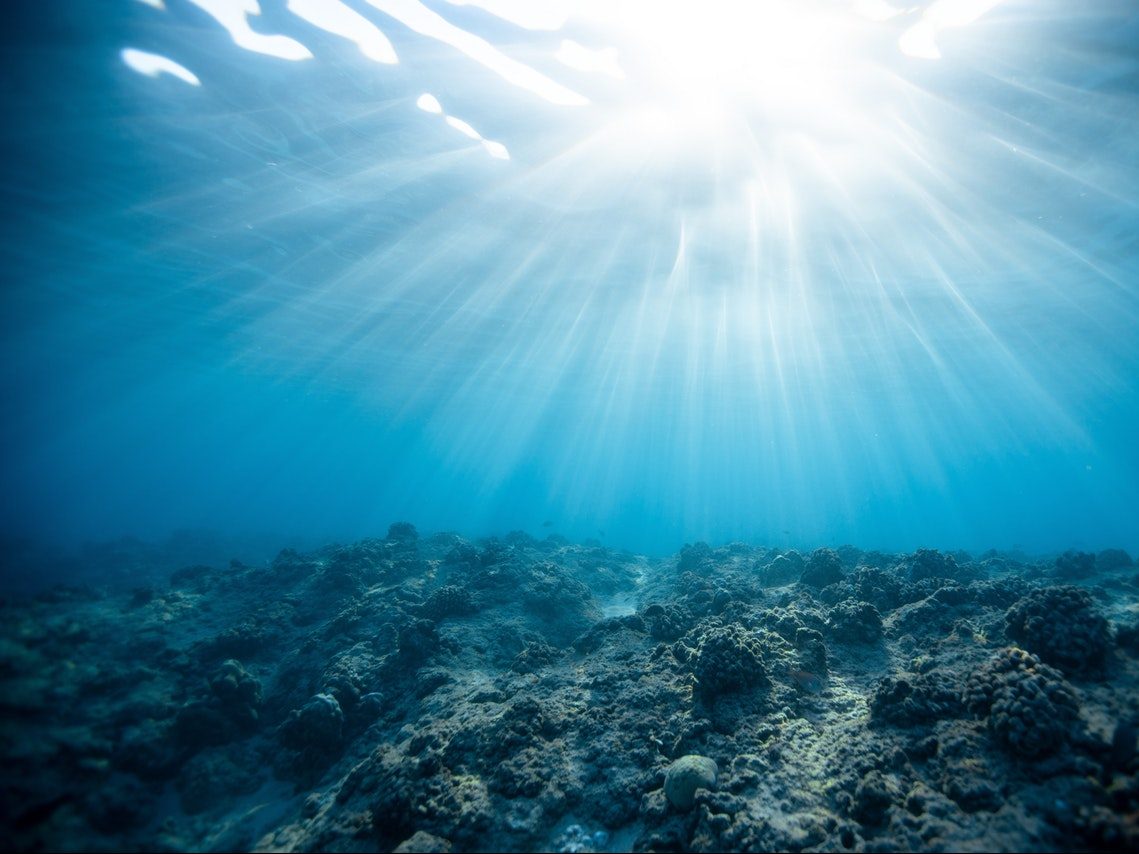
This is the sequel to my original story: Freediving.
One year ago I took a freediving course at a wonderful school here on Koh Tao call Apnea Total. I absolutely loved the idea of freediving and couldn’t wait to lean some breath-holding tricks. The course ended up being much more of a mental hurdle to overcome then physical one. The school was closing for slow season after our course ended and so we never got the opportunity to do any additional training until just recently. Work has been pretty slow lately so I decided to take advantage of the break and go take my advanced freediving course.
Day 1
The first day of class is a static apnea clinic. We start off by learning about the mammalian diving reflex. Our bodies are incredibly remarkable, and adapt to being in the water. Four physical changes occur in our bodies when submerged in water. The first is bradycardia, the heartbeat begins to slow. The second, vasoconstriction, the blood vessels in the body constrict, reducing blood flow to the arms and legs and increasing the concentration of oxygen rich blood to the brain. The third is spleen contraction; the spleen contracts delivering more red blood cells, meaning more oxygen can be carried by the blood. And finally blood shift: at deeper depths the capillaries in the lungs engorge with blood, replacing the air space and helping to avoid pulmonary edema. Fascinating isn’t it?
The other thing that happens when we hold our breath is contractions. If you’ve ever held your breath for a good amount of time you’ve probably noticed a sort of hiccuping sensation after a little while. That’s your lungs beginning to circulate air, increasing the amount of oxygen available. Basically your lungs begin to breath for you.
We do some breathing exercises to relax and then are instructed to hold our breath until we feel the first contraction. Then we will count ten contractions and can either end there or keep holding our breath if we choose to. I only hold for one or two additional contractions and end up with a 1:40 breath hold.
Then we go out onto the beach and walk out chest deep into the ocean and float face down doing this same exercise. I had been perfectly relaxed laying on the mat on the floor but suddenly floating face down becomes very uncomfortable. I keep telling myself that I can stand up at any second if I want to, but the sensation keeps tickling the wrong nerve in my brain. The first two tries I manage to exceed 2:30. By the third try I am still feeling way out of my comfort zone and so in a moment of panic stand up out of the water. Of course a second later I realize I am still okay and so keep holding. By the time I break and take a breath I have succeeded in holding my breath for three minutes.
Day 2
I don’t know what I’m expecting out of today’s class. Actually, I’m trying not to expect anything. A year ago I only made it to the 20-meter mark once, and aside from that, continuously hit a wall at 13 meters. The advanced class is supposed to prepare us for 40 meters. Ha! The thought sends a nervous butterfly fluttering across my stomach. Best not to think about it. Just relax and have fun. That’s what I always remind my students.
During the classroom portion we discuss how we’re going to be working on exhale dives. Water has weight and that weight exerts pressure. The more pressure you are under, the more air gets compressed. That means the air in our lungs as well. So at 40 meters we’re going to feel a significant amount of pressure on our lungs. Doing shallow dives today on an exhale breath will simulate what 40 meters will be like on a full inhale. The news that we are not worrying about depth today immediately sets me at ease.
We also learn a new breath-up that involves four-section breathing. Before every dive we will spend a full five to six minutes compressing air with each inhale and compartmentalizing it into our stomachs, the area between our rib cages, our chests, and the very small space beneath our shoulders. We practice this breath-up a few times and the result each time is complete relaxation and euphoria. If you’ve ever taken a yoga class then maybe you know how high you can get off of breathing. I’m already having a good time and we haven’t even hit the water yet.
The first thing we do once in the water is immerse our faces, no masks, and breath through snorkels. The water hitting our face is meant to trigger our mammalian diving reflex. At this point I sympathize with my students who always freak out during the mask skills. I’d consider myself completely comfortable in the water but for some reason hanging here off the side of the boat with no mask and trying to breath calmly though a snorkel is not working. My scuba students always complain about removing their masks underwater and I never got it before. Just don’t breathe through your nose. At this moment I finally sympathize.
Next we ditch the snorkels and put our masks back on, take three big inhales and exhales, and hold our breath and duck underwater on the exhale. If you’ve ever held your breath on an exhale then you know that this exercise wasn’t a big improvement comfort-wise over the last one. We hold until the first contraction hits, resubmerge, three more breaths, and repeat. I finally manage to relax by watching the barnacles on the side of the boat and imagine them singing Under the Sea.
We finally make our way over to the buoy and begin diving. For exhale dives, we get to stay head up and just pull ourselves down the line. Easy peasy. On the first go I hit 12 meters, no problem, then remember that when I took the beginner course a year ago 12 meters was the goal of our first day and I had struggled to make it. Now 12 meters is a warm up. Maybe I have what it takes after all.
On my second dive I hit 12 again, nice and relaxed, I am so excited by how much more relaxed I am doing this than I used to be. In fact I’m getting a little high off of how relaxed I am. By the third dive I hit 14 meters and recall that last year my wall was at 13. I’m already comfortably going deeper then the depth I was struggling to make a year ago.
Time to start pushing myself. Tobin tells me that on this next dive I should keep going until he counts down from three. I close my eyes and spend the next five minutes doing my breath up. Final inhale, exhale half way, grab the line, and pull myself downwards. About half way I open my eyes again, staring straight ahead and waiting for Tobin to swim into my field of vision. He finally does about the time that I am wanting to turn around and head safely back to the sweet breath of air waiting for me above. Instead I keep descending. My relaxation starts to flicker, intercepted with small glimpses of panic. Finally Tobin counts down my last three pulls and I pull myself back up. 18 meters!
Next we return to full inhale dives. That means our lungs won’t be compressing as dramatically and we will be carrying more oxygen with us. I descend to the spot where I’m comfortable, then keep going. I try as hard as I can to concentrate on relaxing. One more pull. Then one more. Eventually my discomfort gets the best of me and I begin to glide back up the line. 20 meters.
We have time for one more dive and so Tobin asks if I want to do a head first free immersion. I hesitate, the sensation of being able to keep my head above my body has been very welcome, but finally agree. I grab onto the buoy and begin to take the deep four-section breaths we have learned. Five minutes later I’m light headed I’m so relaxed. I take one final breath, keeping all of my inhale this time and calmly pull myself headfirst down the line. One pull, two, three, four, five, I glide like a fish down the line. Six pulls, seven, eight, nine, ten, this is when the flicker of panic begins to play at the back of my mind but mind over matter. Relax. Eleven, twelve, thirteen, fourteen… This is far enough. My mind begins to protest. I try to remind myself to relax. Tobin is there in front of me holding three fingers up. Surely I can make just three more pulls. Relax. Three, two, halfway through one I make a hasty turn and begin to glide back up, one second feeling relaxed, air is only a few seconds away, the next moment feeling that twinge of panic. I want air now. The moment I hit the surface and begin taking recovery breaths I am all smiles. That felt amazing. Tobin looks at me with a big grin and tells me I hit 21 point something meters. That’s a new record for me.
The rest of the day I am all smiles. I can’t believe how well today went. With each dive I consistently got better and better. I’ve always loved the idea of freediving but practicing it in the beginning turned out to be a much greater mental battle then I was expecting. A year later I feel like I am finally progressing to the point where freediving is as awesome, maybe even more so, then I had always thought.
Day 3
On the last day of class Tobin asks both of us in the class what we would like to gain out of it. I reply that I want to keep working on my relaxation. A year ago I was battling with my mind over every meter I descended. Yesterday I didn’t start feeling any panic until around 15 meters. The difference is so exciting that I want to keep working on being relaxed at depths that I know I can make now.
Out in the water we begin with some easy shallow dives and then continue with the exhale dives that we learned yesterday. After a couple shots I make 20 meters. When we switch over to inhale dives I make 20 meters again. There’s still a little bit of panic flickering on and off after about 15 meters but I start to notice a significant difference in my ascents. They are now smooth and peaceful.
After I hit the 20 meter mark twice, Tobin informs me that the bottom of the line is only a few meters farther. On my next dive I glance down when I reach the point where I don’t think I can go any farther and see the weights hovering just a couple more pulls away. I equalize once more and pull myself to the weights. I am so psyched that I forget about turning around and just curl myself around the weight belt for a moment, hugging it with a massive smile on my face. Then I calmly head back up the line. 24.5 meters.
To end the class, one of the masters hands me a small pair of freediving fins that are about half my height. I’ve always wanted to try these things out. During my dive I fumble a little in the beginning, not quite sure of how to gracefully duck dive with these massive fins, but once I am downward bound the fins propel me forward at an exhilarating speed. This is so much fun! About six or seven meters away I spot a squid, maybe a foot long, and stare at it in wonder. This is why I love the ocean. A moment later when I snap out of my trance my immediate instinct is to turn around and I do. I only made it to 16 meters but it was a comfortable dive.
By the end of class I am once again all smiles. I’ve come so much farther in the past few days then I ever dreamed possible. Freediving has gone from being cool in theory, to terrifying in reality, to the most exhilarating sport I could imagine.
